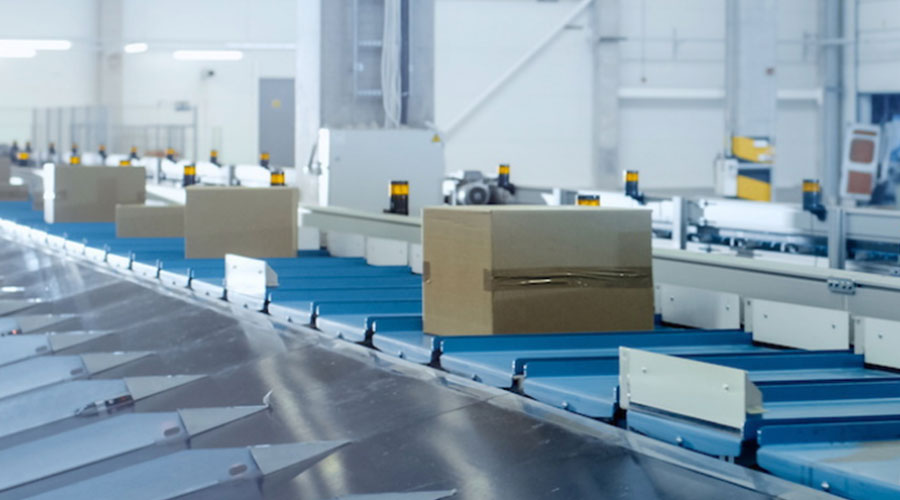
What Exactly Is a Conveyor System?
A conveyor system is a piece of mechanical handling equipment used to move products from one location to another.
Conveyors may be found in airports, scrap yards, and a variety of other places. They're handy for moving and feeding goods from one location to another, making the procedure quicker, simpler, and more convenient. Industrial conveyors are similar to these, but they are built to endure heavy loads with the ability to move in several directions and at strange angles.
Materials would have to be fed manually if not for conveyors, which would necessitate hiring employees and provide its own set of human resource difficulties. In the long term, human work is far less efficient and cost-effective. Commercial conveyors are utilized in a range of industries, including food, pharmaceuticals, warehousing, manufacturing, transportation, and recycling, to address these and other issues.
Types of Conveyors
Conveyors are available in a variety of sizes and forms. These factors differ based on the industry in which they are utilized. The following are some of the most prevalent types:
Chain Belt Conveyors, also known as chain edge conveyors, are intended to transport large quantities of cargo. These are commonly found on the work floor, conveying waste items in most situations. Sorting line feeds, mixed lines, and feed side eject balers all employ chain belt conveyors.
Steel Belt Conveyors - There are two types of belt designs used in steel belt conveyors: piano hinge and steel apron. These conveyors can transport a significant amount of weight each hour, ranging from 20 to 50 tones. They're employed in heavy feeder applications like compactors, heavy-duty mixed trash lines, and heavy-duty 2 RAM scrap balers because of their tonnage.
MRF Sorting Lines — This conveyor type is not specified and consists of a slider bed, chain belt, and steel belt combination. These conveyors are customized to meet the client's specific needs.
Benefits of Conveyors
Conveyors, as previously stated, are a significant improvement over employing human labor to execute the task of feeding. Aside from that, there are a few other advantages of employing a conveyor system:
1. Conveyors with inclination allow items of various sizes to be readily transferred from one elevation to another. This helps you save a lot of time.
2. Conveyors provide limitless opportunities to load and unload goods repeatedly over a lengthy period of time. Conveyors have the ability to travel in both directions. When materials need to be transferred between opposing ends of a production unit throughout the manufacturing process, this is highly handy.
3. Materials that must be transferred across numerous levels or floors will be required in large factories. Conveyors can be constructed to convey items over several floors with little or no height restriction.
4. Automated incline belt conveyors may automatically discharge products, reducing the need for manual unloading. This also implies that there is no time wasted watching for material unloads.
Conveyors provide for precise control of material movement speed. That implies there are fewer risks of things breaking or causing damage as a result of poor handling.
POSTED BY
Team 13SQFT